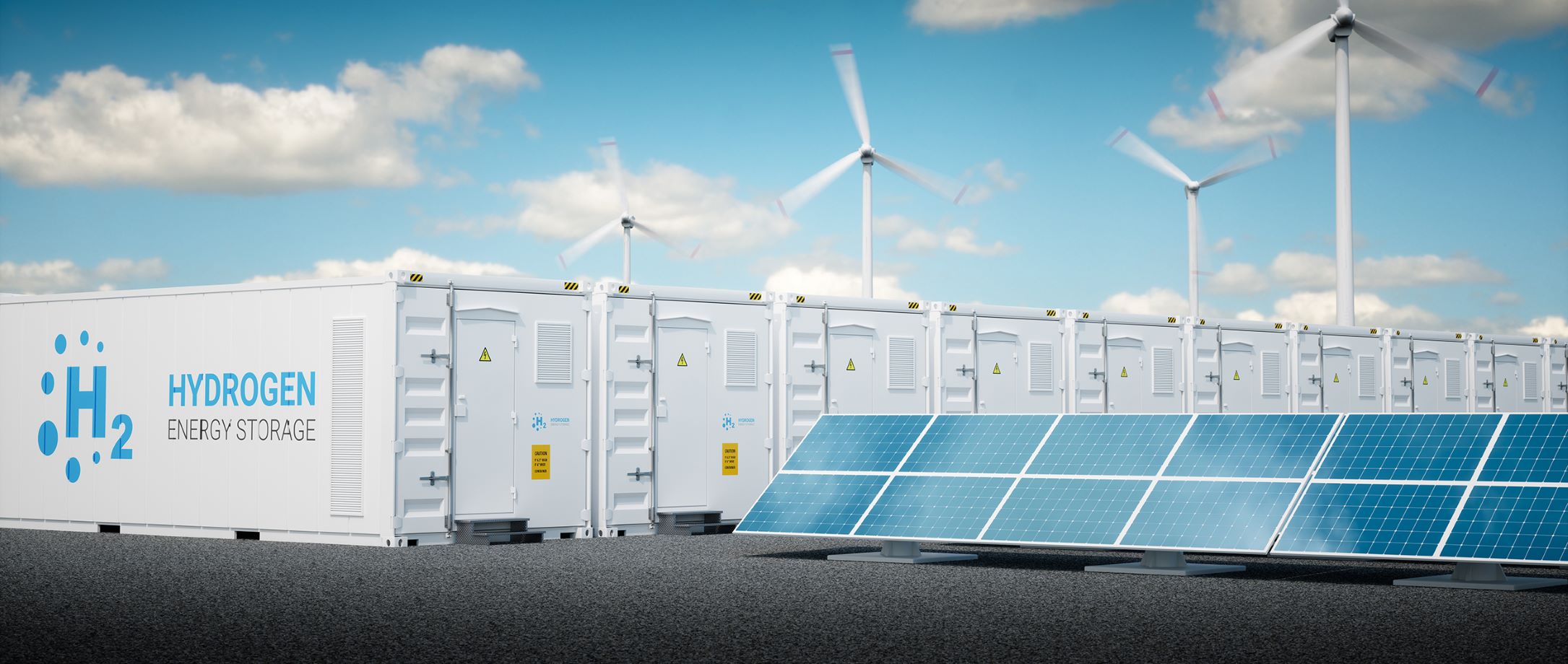When you hear the phrase “The Hydrogen Economy,” it refers to the adoption of hydrogen to store and transport energy or as fuel to decarbonize industries that generate massive CO2 emissions, such as steel and cement manufacturing. One of the most significant hurdles the hydrogen economy must overcome is the production, transportation, and storage of liquid hydrogen (LH2). Due to the very low storage temperatures of LH2, cryogenic pumps will be needed for transfer applications, as well as to increase its pressure in liquid form prior to vaporization and combustion for fuel applications.
LH2 pumps must leak only very small trace amounts of hydrogen to the outside environment to ensure safe operation. Because LH2 temperatures are typically close to 20 K (-253.2 C, -423.7 F), it is also critical that heat input is minimized. These pumps must also be reliable and operate at the specified performance rating to meet the application requirements.
Barber-Nichols’ LH2 pumps meet these critical requirements by incorporating unique features such as being hermetically sealed to curtail leakage, utilizing thin-walled long shafts and support structures to minimize heat input, as well as incorporating back-pullable cartridge designs to perform machine maintenance while maintaining necessary vacuum around the cold end of the pump. These pumps are critical to industry to ensure the safe and efficient transfer and processing of hydrogen in support of a clean energy transition.
Written by Tom Doyle, Senior Program and Strategy Manager at Barber-Nichols


